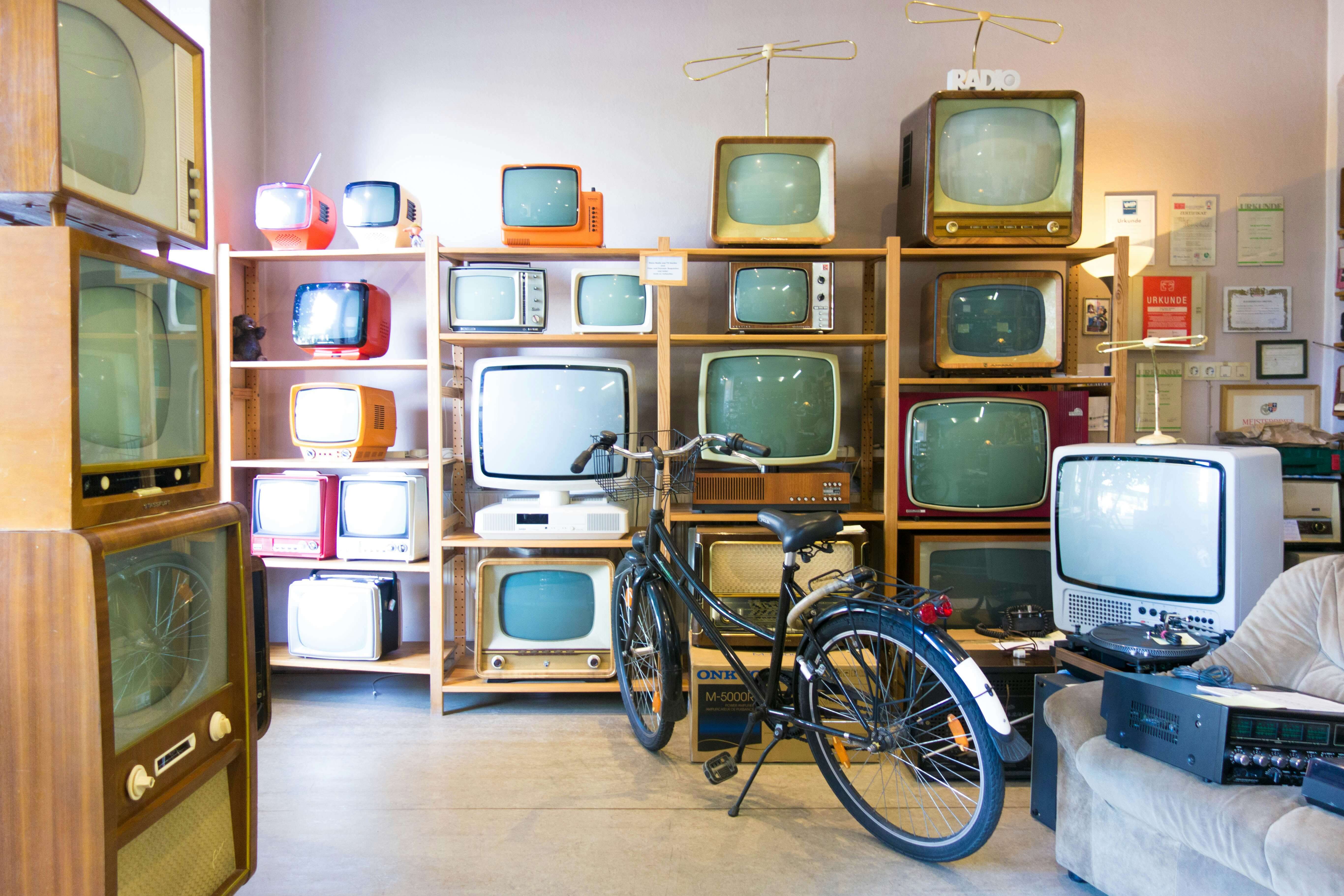
So, how much TV are older adults watching?
According to recent surveys, there is a significant generation gap in media habits. Ofcom, (the UK’s communications regulator ) for example has found that people aged 16-24 spend less than an hour (53 minutes) in front of broadcast TV each day—a decline of two-thirds over the last ten years. In contrast, those aged 65 and over, spend around a third of their waking day enjoying broadcast TV, sitting down for almost six hours (5 hours and 50 minutes) daily. This amount is slightly higher than a decade ago. Similar trends are observed across Western countries. This difference makes it crucial to understand how this habit could be affecting our cognitive health as we get older.
What does the research say?
A few cross-sectional studies—those looking at data from a specific point in time—suggest that both current and past TV viewing might be linked to poorer cognition and a higher risk of developing Alzheimer’s disease. For example, one study found that watching more than 3 hours of TV per day over a 25-year period could predict lower scores in certain cognitive tests, like semantic fluency, which measures how easily one can retrieve words.
On the other hand, longitudinal studies—which follow people over time—have shown mixed results. Some have found that watching more than 4 hours of TV daily is associated with poorer short-term memory and fluid intelligence, the ability to think and reason abstractly. Yet, other studies did not find a clear link between high TV viewing and cognitive decline over a few years.

Is it sitting down to watch TV or sitting down which is the problem?
One key point in these studies is distinguishing between the effects of TV viewing itself and sedentary behavior in general. Sedentary behaviour, such as sitting for long periods, is known to be bad for health, contributing to issues like cardiovascular disease and diabetes, which are also risk factors for cognitive decline.
Interestingly, other sedentary activities like using the internet might not have the same negative impact on cognition. In fact, some research suggests that internet use could help maintain cognitive function and even reduce the risk of dementia. This indicates that it’s not just the act of sitting that’s harmful, but perhaps something specific about watching TV.

What does the research say about cognitive functions?
To delve deeper into this issue, a study used data from the English Longitudinal Study of Ageing, which involved 3,662 adults aged 50 and over. Researchers looked at TV viewing habits in 2008/2009 and measured cognition six years later in 2014/2015.
The study found that watching more than 3.5 hours of TV per day was associated with a decline in verbal memory over six years. This means that older adults who watched a lot of TV were more likely to have difficulty recalling words and conversations. However, TV viewing didn’t seem to affect other cognitive functions like semantic fluency, which involves accessing vocabulary.

It isn’t just about how much TV we watch but also what we watch.
It’s also essential to consider the content of what we watch. Research by Becca Levy has demonstrated the profound impact of positive and negative views on ageing. Her studies show that individuals with a positive perception of ageing live significantly longer and enjoy better health than those with negative views.
As we spend more time watching TV, especially as we grow older, it can worsen our own internal ageism because much of what we see on TV perpetuates negative stereotypes, particularly towards older women, which are prevalent in TV content. For example, popular medical shows like Grey’s Anatomy and House often depict older patients as “confused” or “feeble,” attributing their health issues to “normal ageing.”
Children’s TV shows and movies frequently feature ageist stereotypes such as the “ridiculous old person” or the “wise but ridiculous” elder, reinforcing negative stereotypes about ageing from a young age. In fact one study found that characters aged 50+ made up less than a quarter of all characters in top-grossing films and popular TV shows from 2010-2020, with men representing 80% of these roles. In summary, ageist stereotypes and underrepresentation of older women persist in TV content, with older men more frequently occupying nuanced roles. This influences our perceptions of ageing and shapes our internal beliefs, as highlighted by Becca Levy’s research.

How can the TV industry innovate for a healthier future?
These findings present exciting opportunities for innovation within the television and media industries, particularly for those seeking to have a positive social impact beyond mere entertainment. If older adults are spending substantial time watching TV, why not use this platform to promote healthier behaviours? To maybe think about what impact upbeat TV content might have on our well-being? And perhaps consider how positive portrayals of age in all its diversity on screen change how we think about our own ageing?
By embracing innovative strategies, the media industry can transform TV viewing into a proactive and health-conscious endeavour, laying the groundwork for a healthier tomorrow for us all. Now that is a series that I would binge watch!

 &
& 



